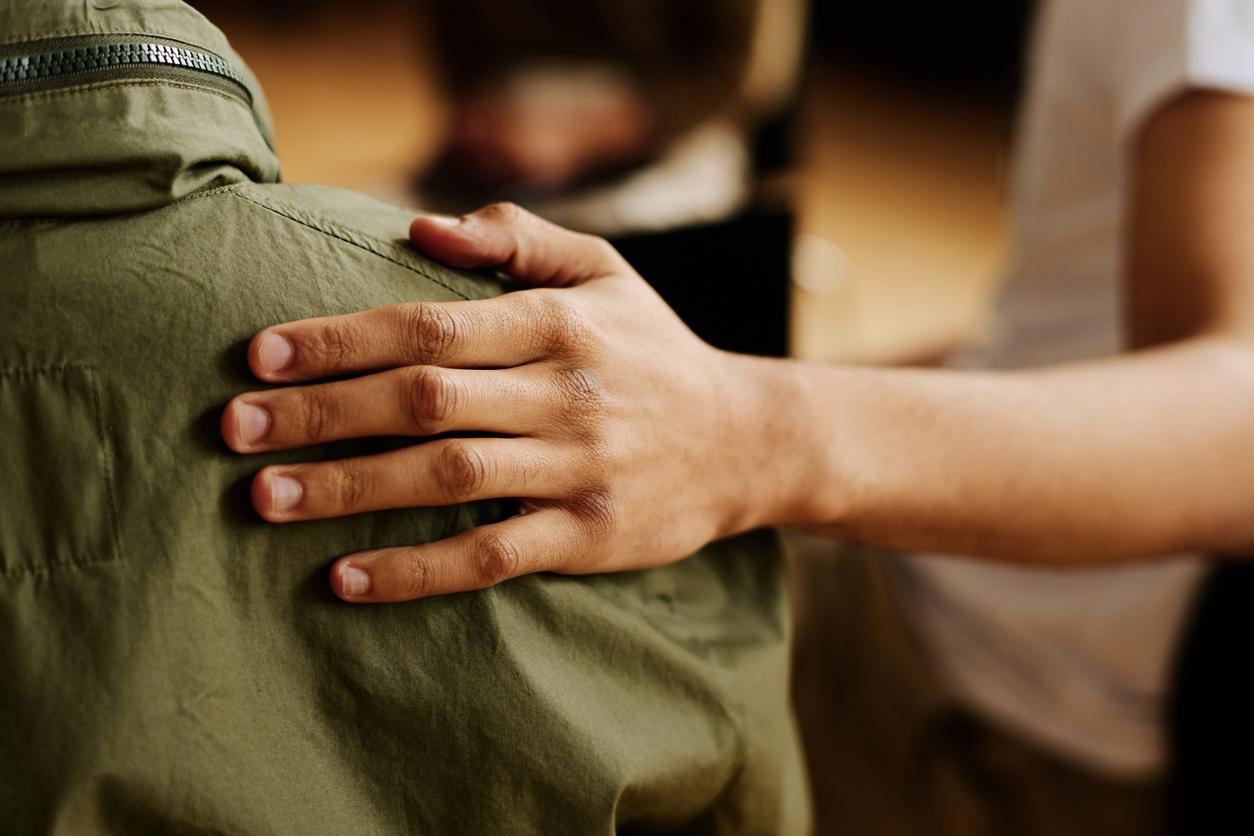A 2-year-old girl died last week in Evreux hospital in Normandy, victim of fulminant bacterial meningitis. How do the meninges get infected? How to make a diagnosis without damaging the brain? Answers.

A 2-year-old girl died of fulminant bacterial meningitis on January 26 at the hospital in Evreux, Normandy. An emergency procedure has been put in place by the Regional Health Agency (ARS) to identify the people who have been in contact with it: according to the municipal services, around 167 children and around thirty staff from the crèche where she was registered would have possibly rubbed shoulders with her.
Doctor Benoit Cottrelle, responsible for monitoring and health security at the ARS explained that stocks of antibiotics had been sent from hospitals to pharmacies on duty to treat families. “Depending on the germ that will be identified by the laboratory, it may be necessary to vaccinate the contacts close to the child.” But the ARS wants to be reassuring and considers the probability of another lightning case low. On average, meningitis causes thirty deaths per year in France. A disease that mainly affects children under 5 and adolescents.
How do the meninges get infected?
Our brains are fragile, like an egg. Our skull is a box. Put an egg in a box, shake it, it will break. If the human body was not so well made, this is what would happen to our brain: at the slightest brake application, it would crash against the bones of our forehead. This is not the case, thanks to the meninges and the cerebrospinal fluid.
The egg – our brain – is first surrounded very tightly by a thin envelope similar to “Scellofrais”, this plastic film used to protect food in the refrigerator. It is one of our three meninges: the pia mater. The whole “brain + pia mater” is then immersed in a liquid that looks like water, the cerebrospinal fluid. This liquid is protected by a second envelope that could be likened to aluminum foil, it is the arachnoid, our second meninge. Finally to stiffen the whole, we add against the bone a layer of hard plastic, the third meninge, the dura. In short, our skull is the equivalent of a plasticized carbon container covered with aluminum foil, filled with water, in which we immerse an egg covered with “scellofrais”.
But if the husks break or the liquid gets dirty, the egg is in danger. This is exactly what happens when our meninges are attacked by a virus or bacteria. The cerebrospinal fluid becomes purulent and our whole nervous system is then in danger. To make the diagnosis and effectively treat the disease, there is only one gesture: the lumbar puncture. It is a question of taking between two meninges, using a long needle, a little liquid. This procedure is done in the lower back, with the meninges covering not only the brain, but also its extension, the spinal cord. No risk, therefore, of injuring a vital area.

.

















